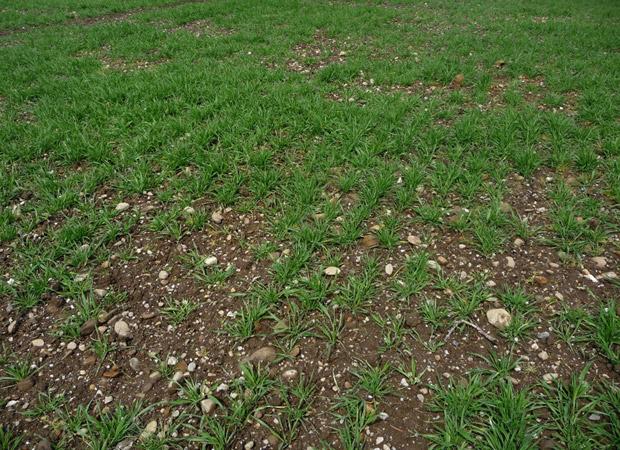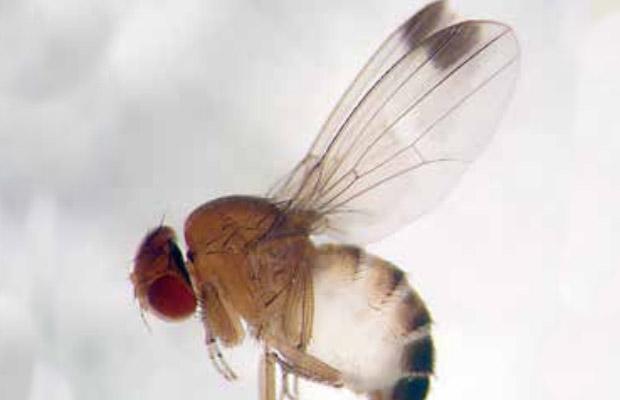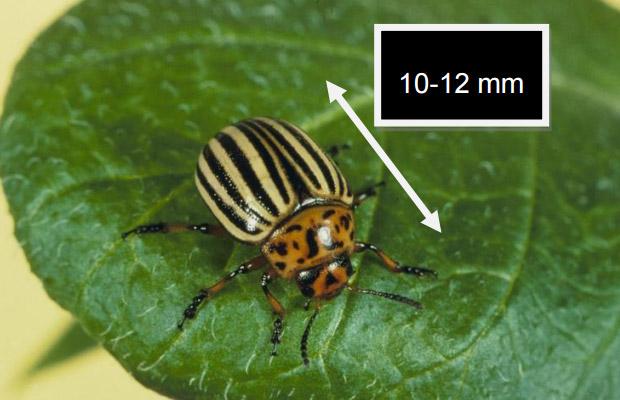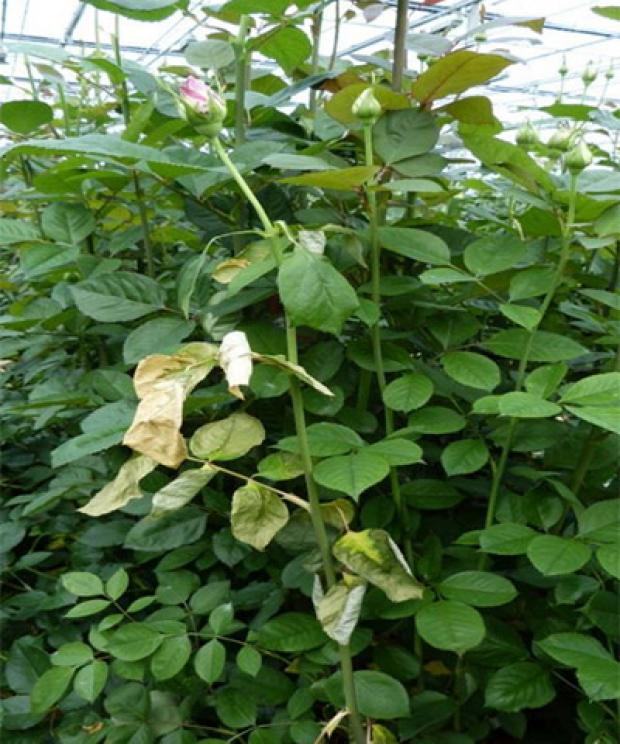The Northern Ireland Risk Register can be a valuable source of intelligence for the industry in identifying new outbreaks.

Root knot nematode (M. naasi) damage in oats
Current risks
Spotted Wing Drosophila (SWD)

Male spotted wing drosophila is distinguished from other species by a distinct spot on each wing
The spotted wing drosophila (SWD) is a major threat to soft fruit, stone fruit, tomatoes, vines and other crops and could cause serious losses in the UK if not controlled. Its presence in the UK has been idenitified and was confirmed in September 2012. It is now present in all fruit growing areas of England.
Colorado beetle

Adult Colorado beetle
The Colorado potato beetle (Leptinotarsa decemlineata) is a serious pest of potato, present in the EU, but absent from the UK. In May 2015 there was a UK finding linked to imported French potatoes. As well as entering the UK on potatoes, beetles are also occasionally imported as hitchhikers on non-host plant material, such as leafy vegetables, salad leaves, fresh herbs and grain.
Ralstonia solanacearum (race 1)

Wilting symptoms on young shoots of Rosa plants in greenhouse.
